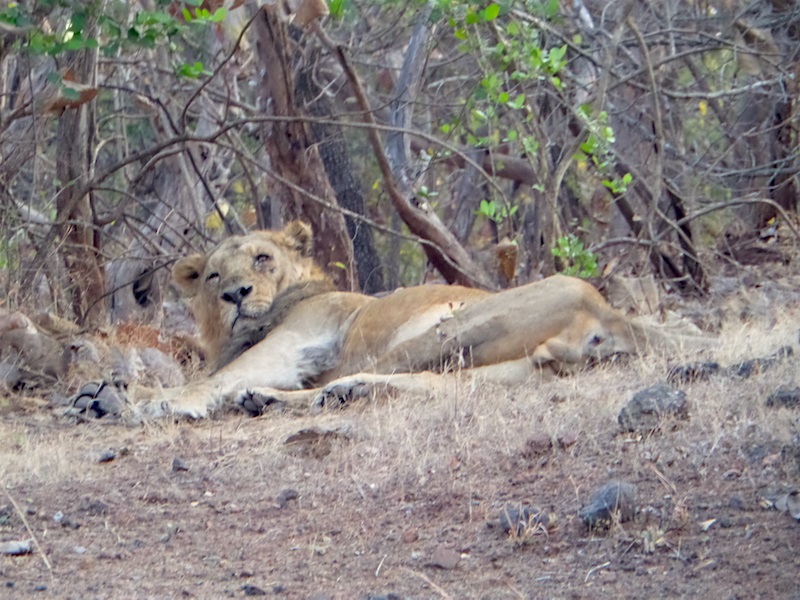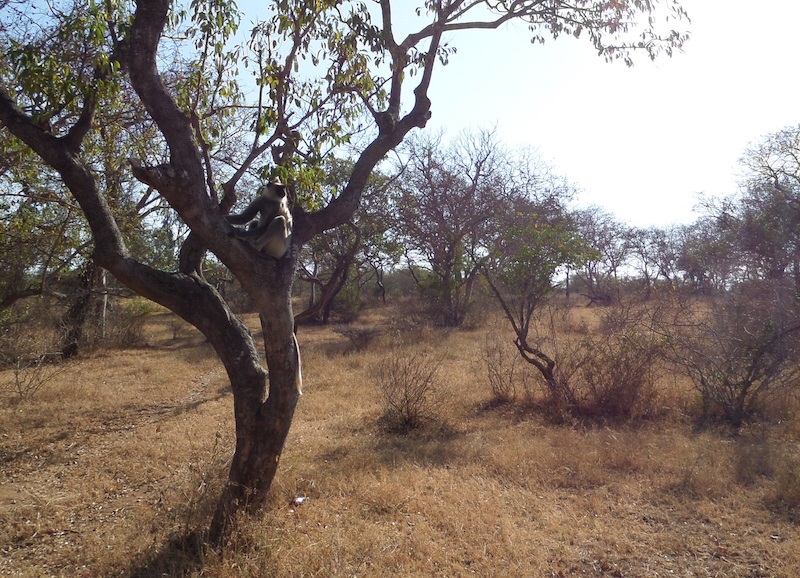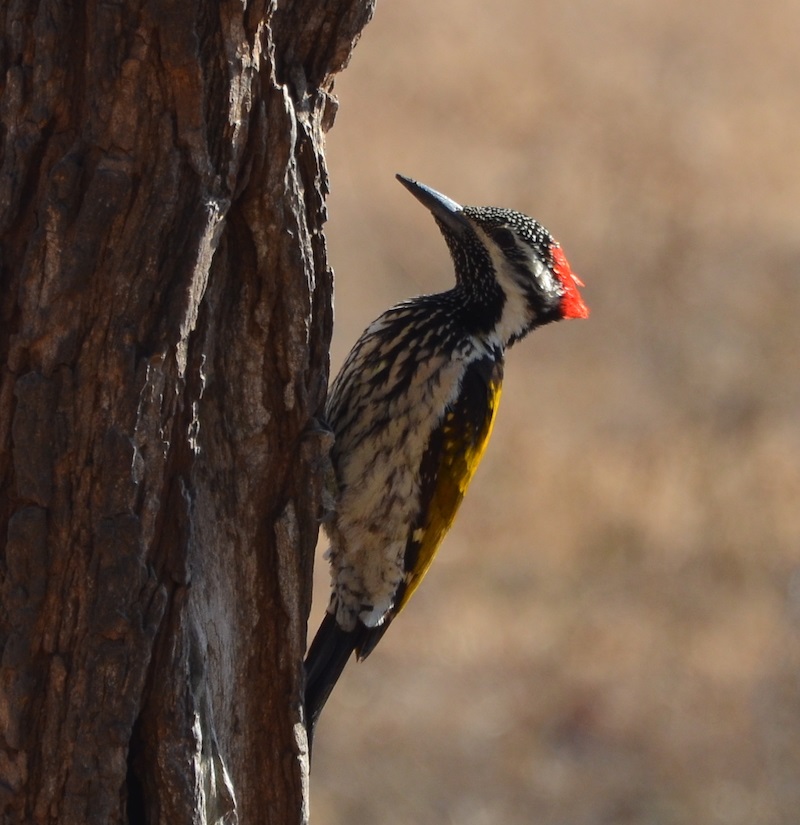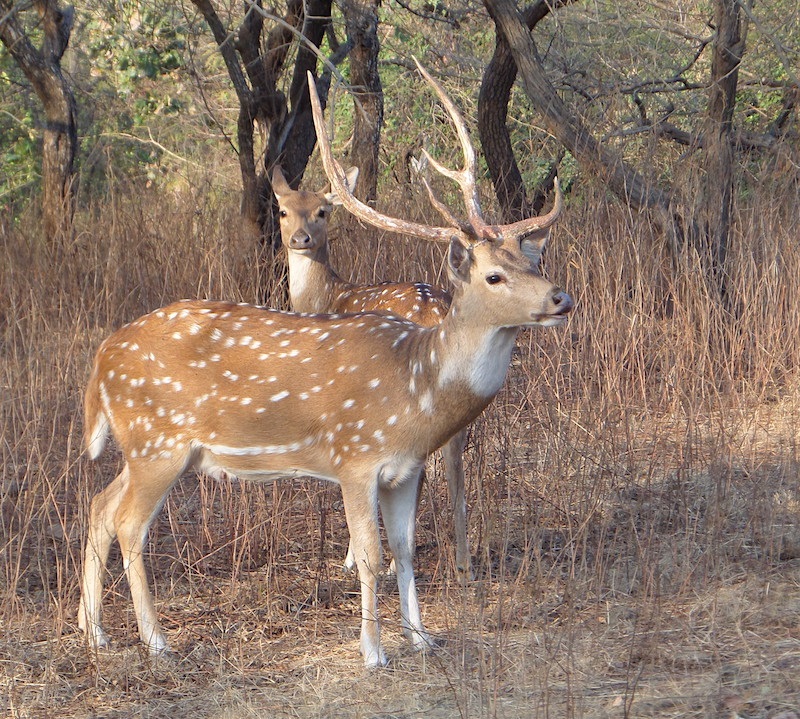Map
India encompasses almost all the ecosystems to be found on the planet, ranging from the hot and humid evergreen forests of the northeast and southwest to the scorching deserts making up most of the western state of Rajasthan.
The wildlife in India comprises a rich mix of species across all the animal orders. Apart from a handful of the major farm animals such as cows, buffaloes, goats, poultry, and camels, India has an amazingly wide variety of animals native to the country. It is home to Bengal tigers, Indian lions, leopards, many deer species, wolves, hyena, foxes, bears, crocodiles, wild dogs, monkeys, snakes, crocodiles, freshwater dolphins, a wide variety of antelope species, varieties of bison, a number of medium-sized cats and the Asian elephant.

The region’s rich and diverse wildlife is preserved in 120+ national parks, 18 Bio-reserves and 500+ wildlife sanctuaries across the country. India has some of the most bio-diverse regions of the world and hosts three of the world’s 35 biodiversity hotspots – or treasure houses – that is the Western Ghats, the Eastern Himalayas and Indo-Burma. Since India is home to a number of rare and threatened animal species, wildlife management in the country is essential to preserve these species. India is one of the seventeen mega-diverse countries. According to one study, India along with other 16 mega-diverse countries is home to about 60-70% of the world’s biodiversity. Moreover, around 33% of all India’s plants are endemic.
More detail is given in the various destination pages covering Indian States.
India is probably the only country in the world that can boast of harbouring as varied and rich a birdlife as it does. Home to well over a thousand species, of which about 100 are to be found only in India, this country is a veritable paradise for any birdwatcher. The reason for this treasure-trove of species is undoubtedly the fact that India encompasses almost all the ecosystems to be found on the planet.
Even a cursory glance at the Indian countryside will reveal roughly 150 very common species, ranging from the ubiquitous House Sparrow and Indian Myna to such common birds as the Red-vented Bulbul, Black Drongo and White-breasted Kingfisher. Common raptors include Black and Brahminy Kites, Honey Buzzard, Shikra and Egyptian Vulture. Waterbirds also offer quite a spectacle, especially in the winter, when the migratory waders arrive. Common resident species are White-breasted Waterhen, Indian Moorhen and Black-winged Stilt.
The main birding habitats in India can be broadly classified into forests, scrub, grassland & farmland, deserts and wetlands, each of these is home to a characteristic population of bird species, quite different from those found in other habitats. Notable exceptions are some species to be met with in any of these areas, such as the national bird, the Indian Peafowl, the Blue Rock Pigeon and the Hoopoe.
Deserts
India not only has the hot Thar Desert in the west but also the cold and wind-swept deserts in the northernmost state of Kashmir. The hot deserts do not house a very rich avifauna, the only endemic bird being the Stolicza’s Bush Chat. The cold deserts support such species as the Tibetan Lark and several types of accentors.
Forests
India’s forests are of several types and as such, forests are an important habitat, especially in terms of conservation as most of this country’s threatened species and over two-thirds of its endemic birds live in forests.
Forests – Coastal Mangrove
These are typified by those of the Sunderbans in the east, and are a shelter for such species as the Mangrove Whistler and several species of Pittas.
Forests – Dense Evergreen
Dense Evergreen Forests are one of the most rewarding spots for field ornithology in India, although these forests don’t yield their rewards readily to the impatient birdwatcher, unless one comes upon a blossoming or fruiting tree. The evergreen forests in India occupy what are known as the Western Ghats in south-west India as well as the north-eastern corner of the country, in the states of Assam, Meghalaya, Arunachal Pradesh and Tripura. The birdlife of these regions shows a marked tropical character, with frogmouths, laughing-thrushes and the breathtaking Fairy Bluebird being some of the species to be seen. A host of endemic and rare birds also thrive in this habitat; the Great Pied and Wreathed Hornbills and two species of Cochoas are four of the more uncommon species.
Forests – Tropical Deciduous
These account for most of the forest cover of India’s plains and the plateau of the Deccan and offer a delightful array of avifauna for the enthusiastic birder, ranging from several species of pigeons, parakeets and babblers to exotic and flamboyant species like the Paradise Flycatcher and Racket-tailed Drongo. Other common woodland birds are the ioras, leafbirds and several woodpecker species. Many raptors are also to be met with in these jungles and birds like the Collared Scops Owl are commonly sighted.

Grassland
This habitat also supports several endemic species and is represented by the terai, a belt of grassland at the foot of the Himalayas (which is extremely rich in wildlife) as well as several pockets of grassland, primarily in central and peninsular India. The Great Indian Bustard and the Bengal Florican are both distinctive species of this habitat and are both facing certain extinction unless drastic measures are taken to safegaurd their existance.
Mountain Ranges
The mountain ranges of the Himalayas lining the north of the country support Coniferous & Sub-Alpine Forests, home to a variety of characteristic Himalayan species like the colourful Tragopans and Bamboo partridge, tits etc. Other birds typically found here are the finches, grosbeaks and parrotbills.
Open and Cultivated Land
Openland & Cultivation is the easiest place to go to, to see birds, especially for raptors, as many species of resident and migratory eagles,hawks, falcons and harriers are commonly met with in these hunting grounds. The Short-toed Snake Eagle and the Tawny Eagle are commonly seen residents, as are migratory birds like Old World Kestrels, Red-headed Merlin, Booted Eagle and Montagu’s Harrier. Cultivation and openland are also host to a variety of larks, pipits and in wetter areas, wagtails.

Scrubland
Scrub jungle is found all over the area, interspersed often with heavier jungle and most of the birds found here are also met often in crops and cultivation and in forest habitats. Species that are common in thia region are several types of wren-warblers and cuckoos, the Crow-Pheasant and the Indian Robin.
Wetlands
India has abundant wetlands in almost all of its areas, barring some parts of the west and they are a major wintering ground for many species of waterfowl, which seasonally augment the resident populations. Ducks and Geese spread far inland and birds like the Shoveler, Garganey and Wigeon are very common. The Keoladeo Ghana National Park is one of the best sites in the world for observing large poulations of migratory waterfowl. Migratory waders also arrive in large numbers and the shanks, sandpipers and stints are not hard to find. Three species of cranes (including the endangered Siberian Crane) visit the India wetlands in the winter months, as do several types of stork, herons, egrets and plovers. The two species of jacana – the Bronze-winged and Pheasant-tailed are common residents.

The best time to visit India from an ornithological standpoint is no doubt the months between October and April as, in addition to the variety of resident species, migratory waterfowl, raptors, starlings & other passerines and a host of other species are also to be seen all around the Indian countryside.
Text Source: Fatbirder
Photo Source: ©Bo Beolens Fatbirder
Map Source:
